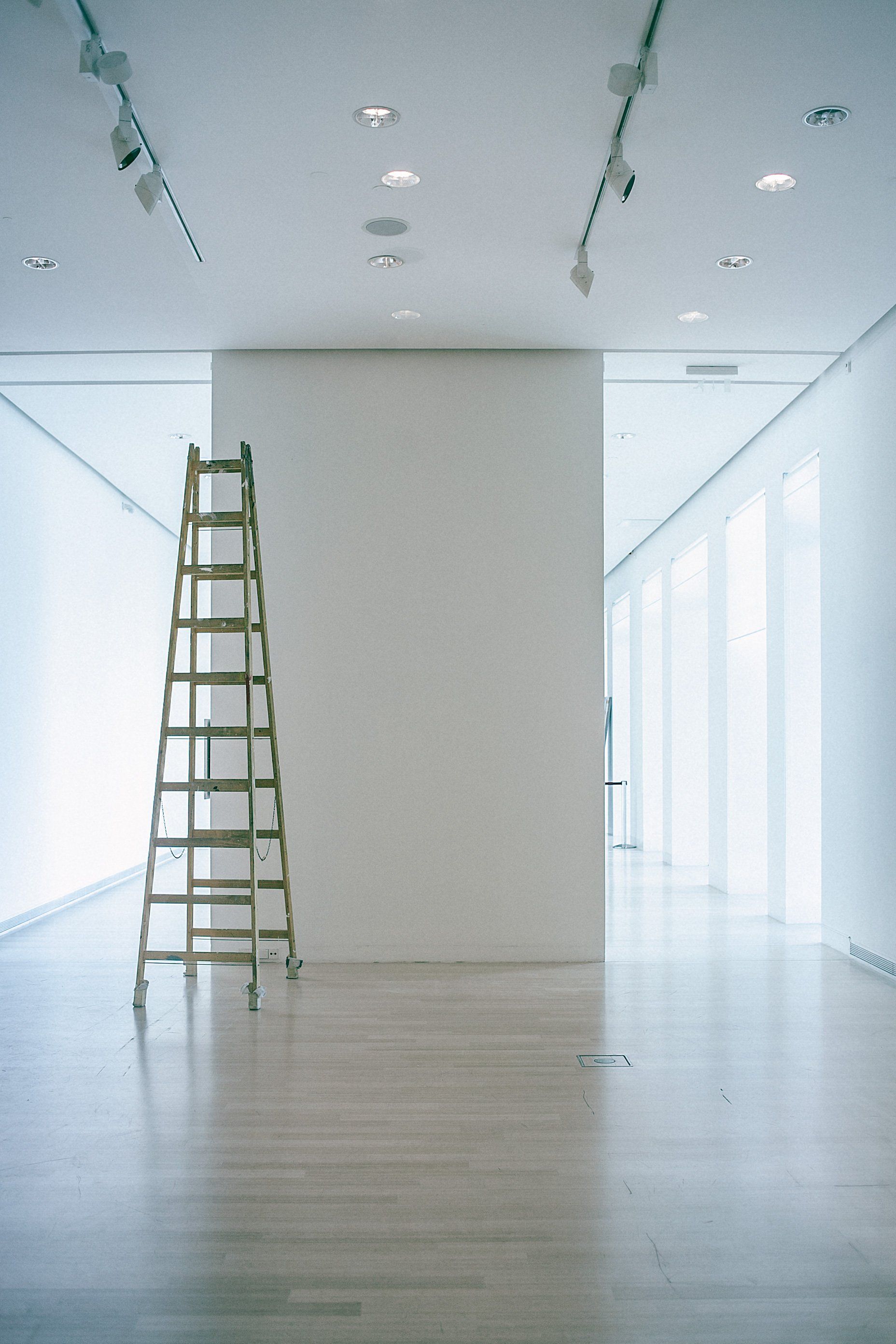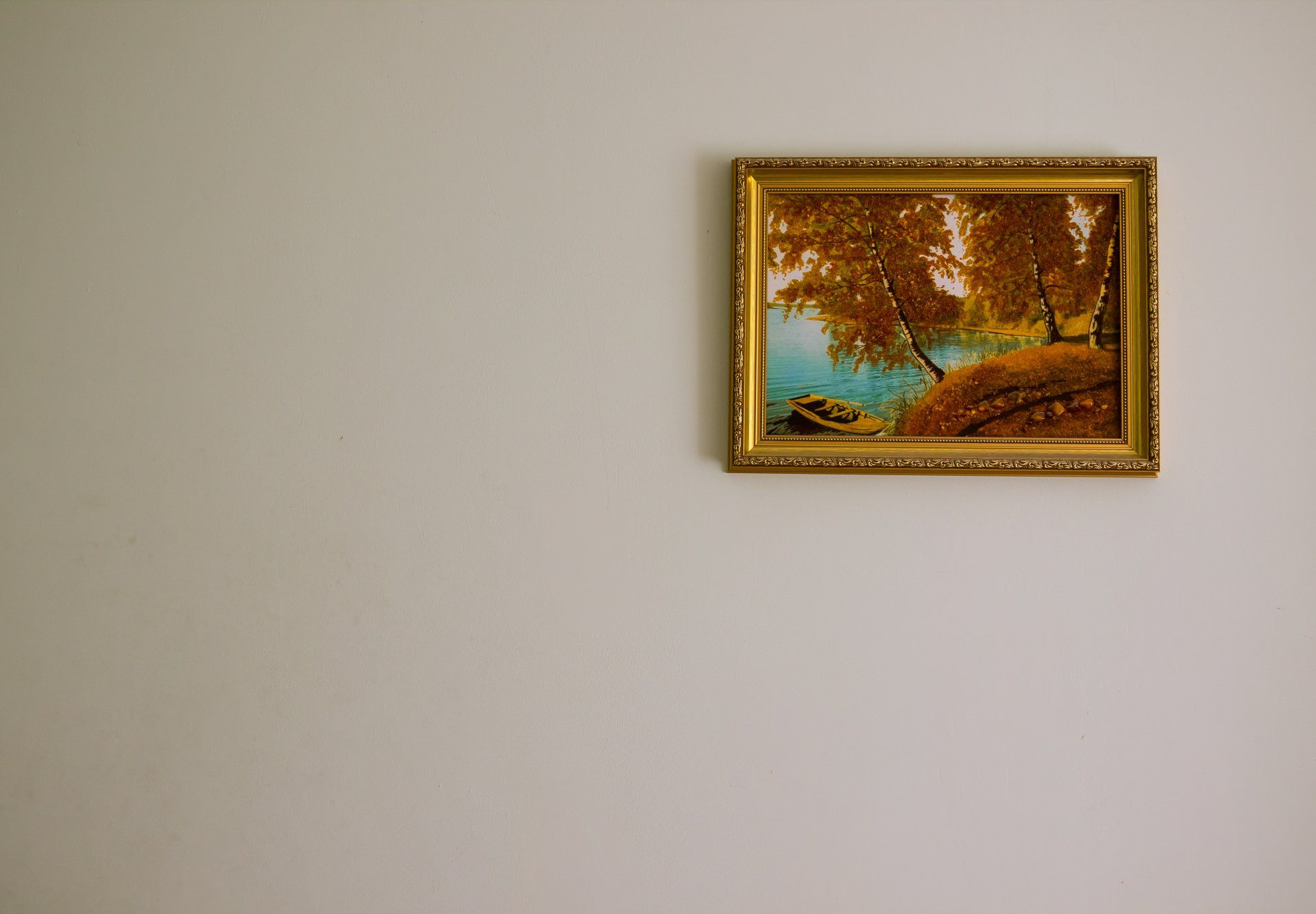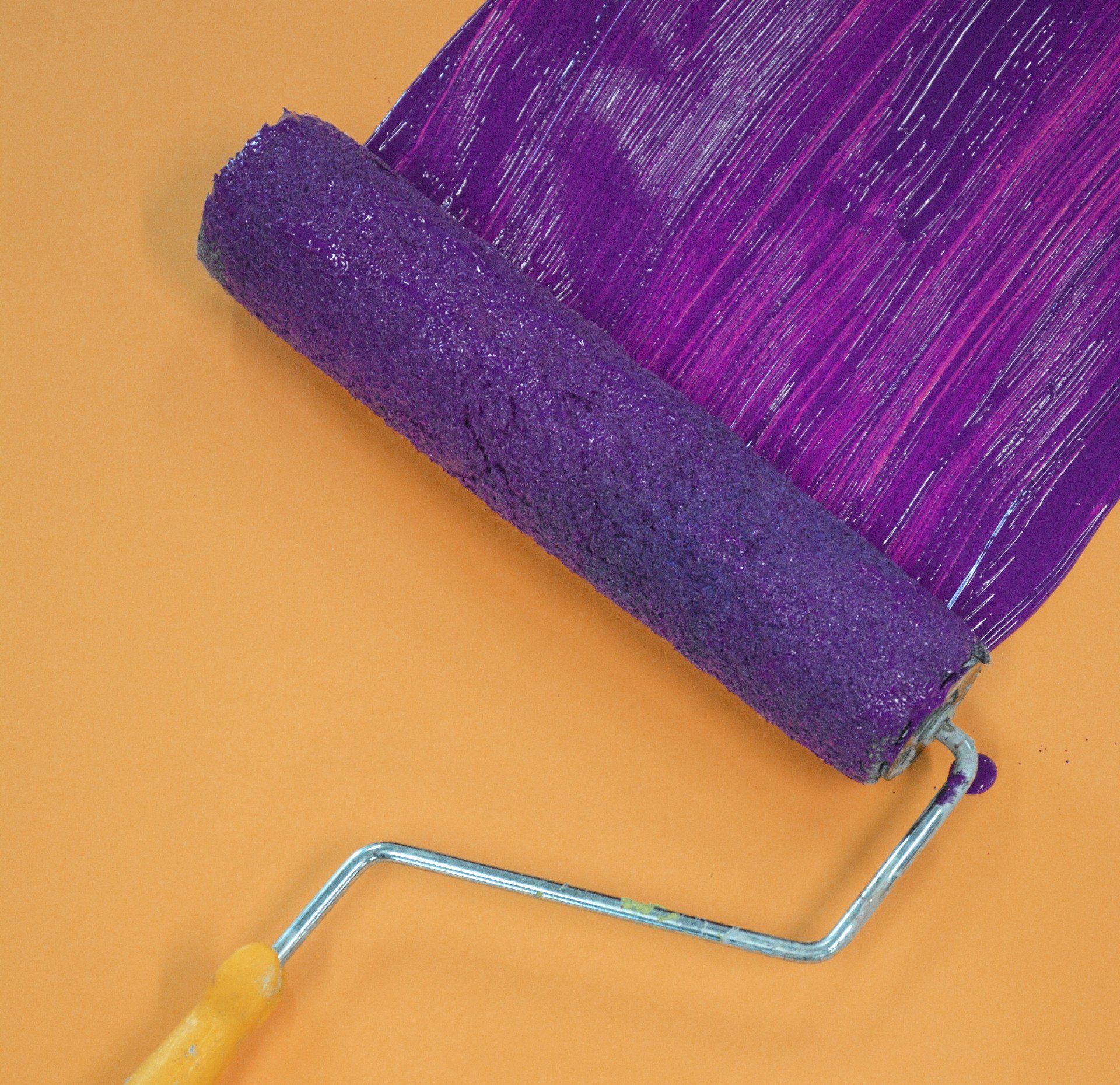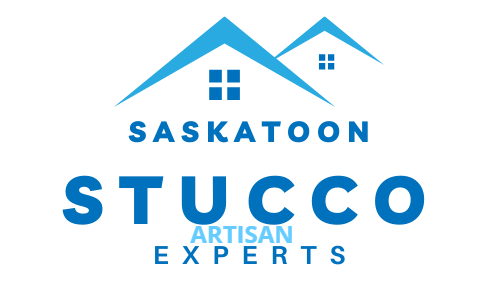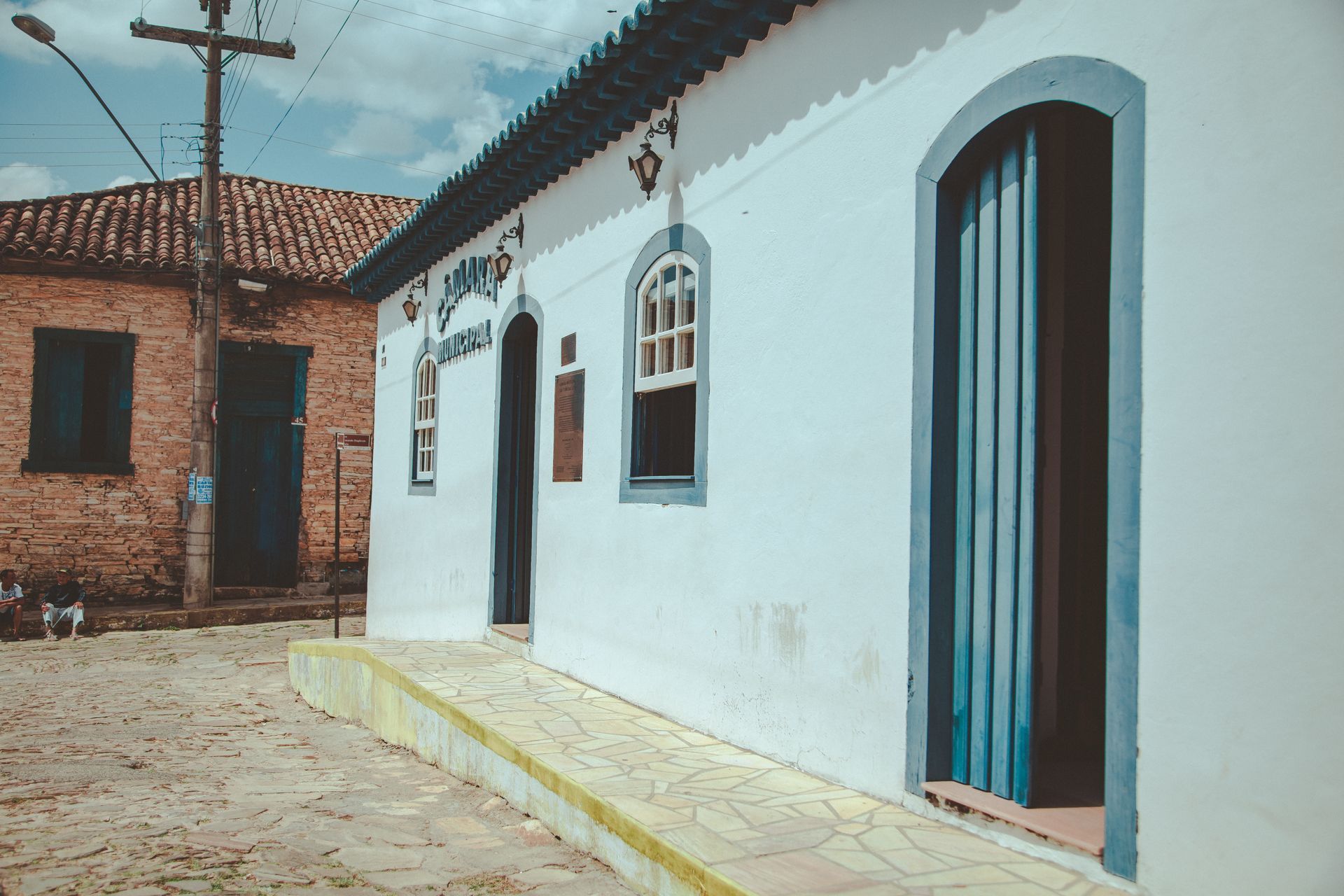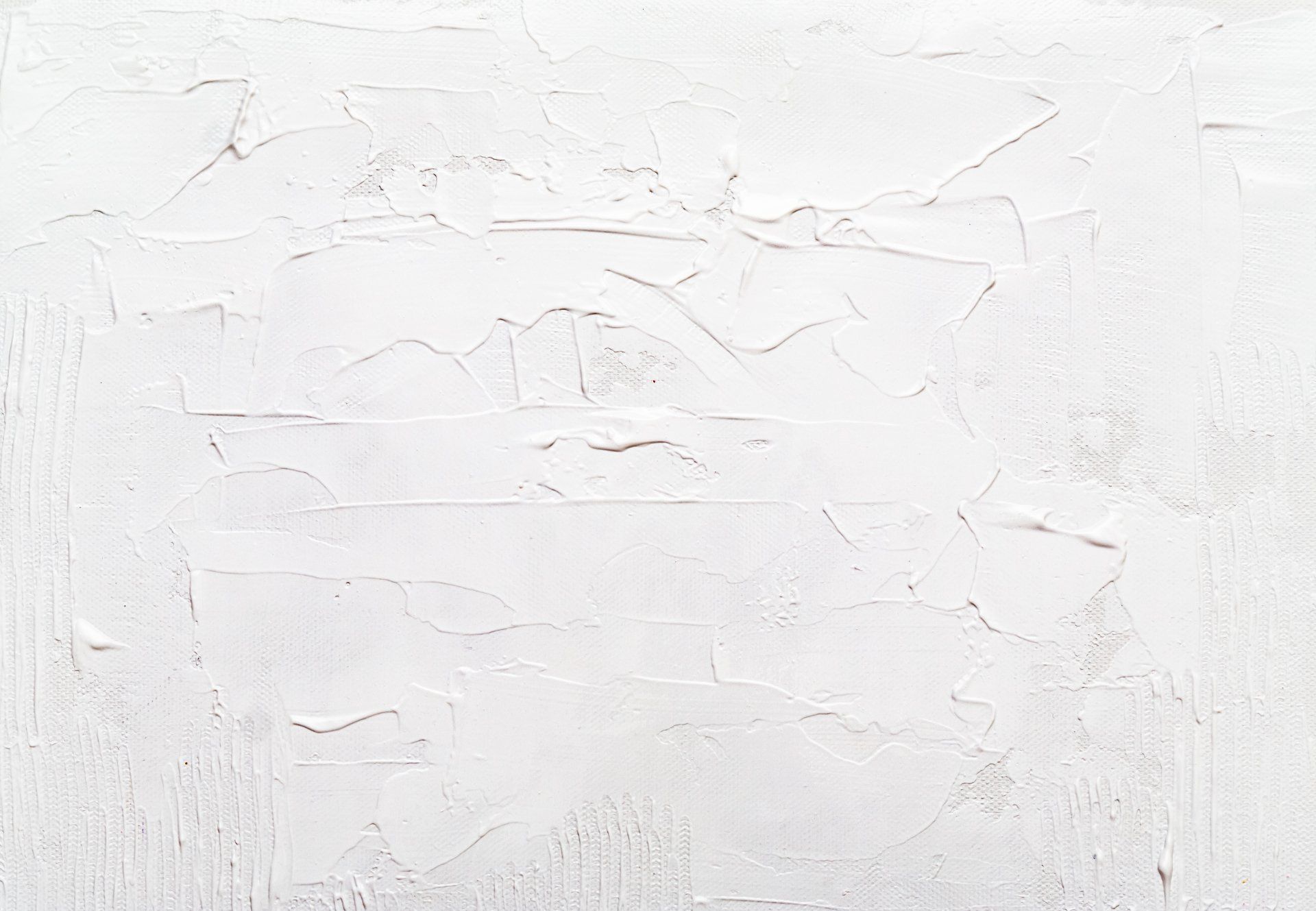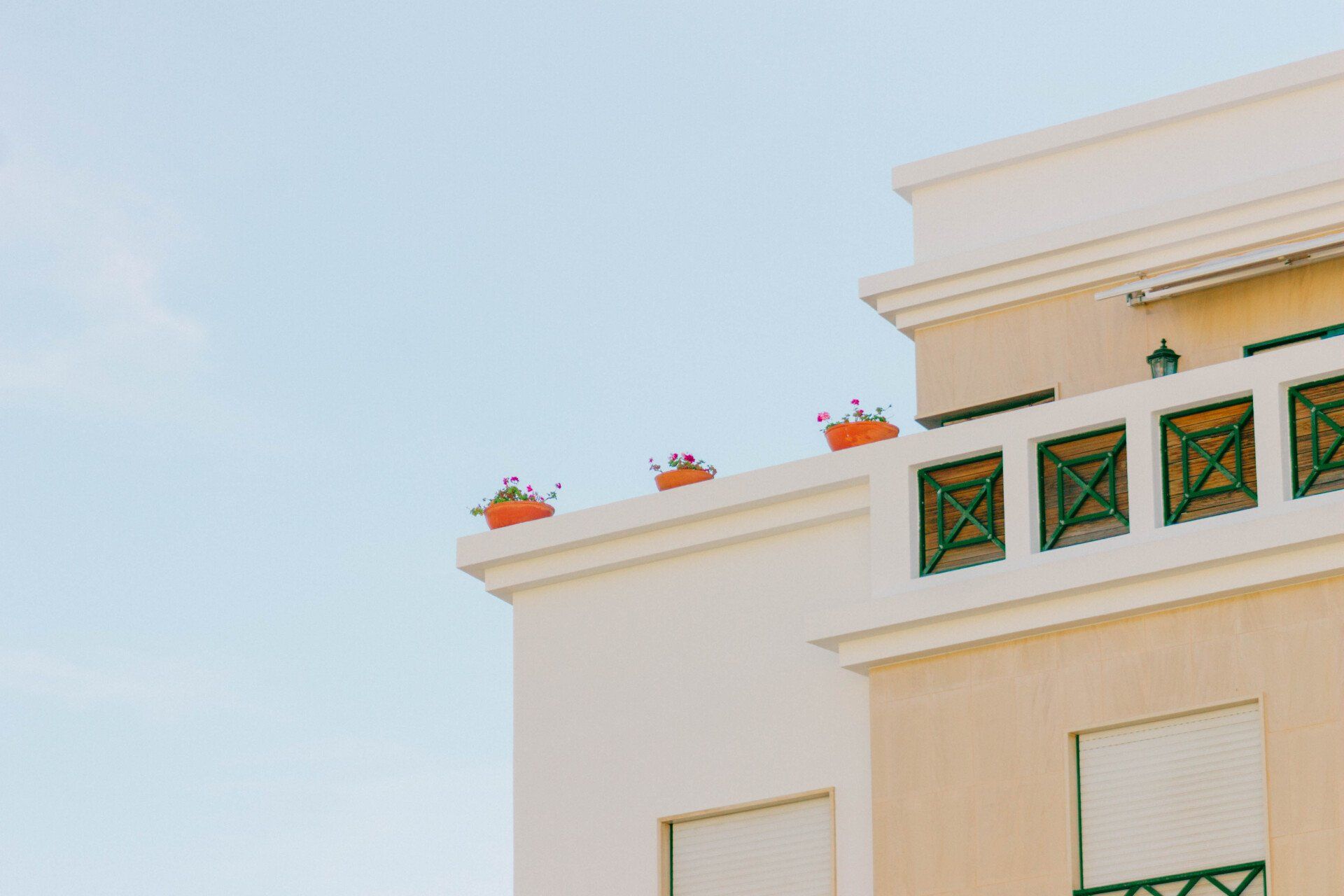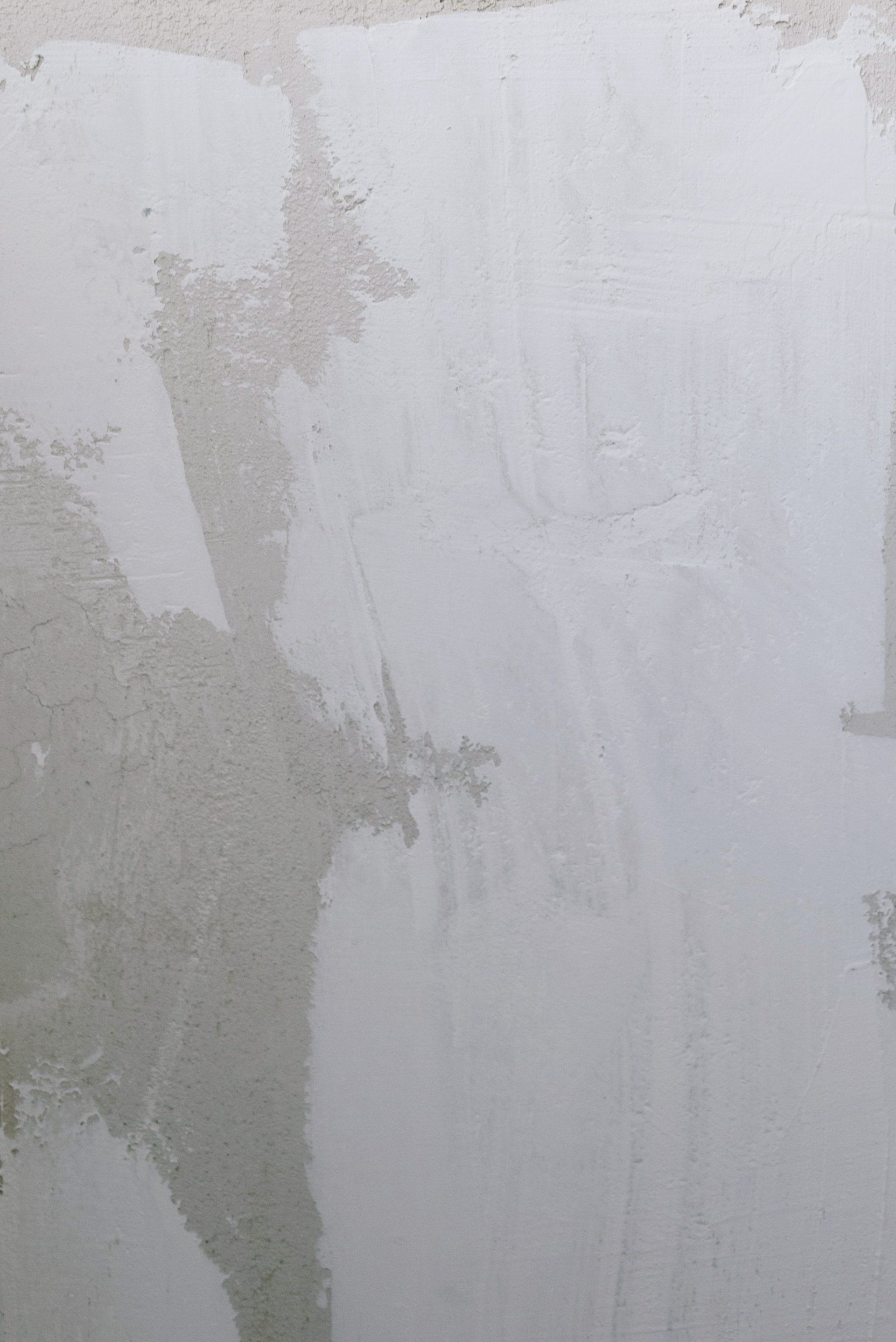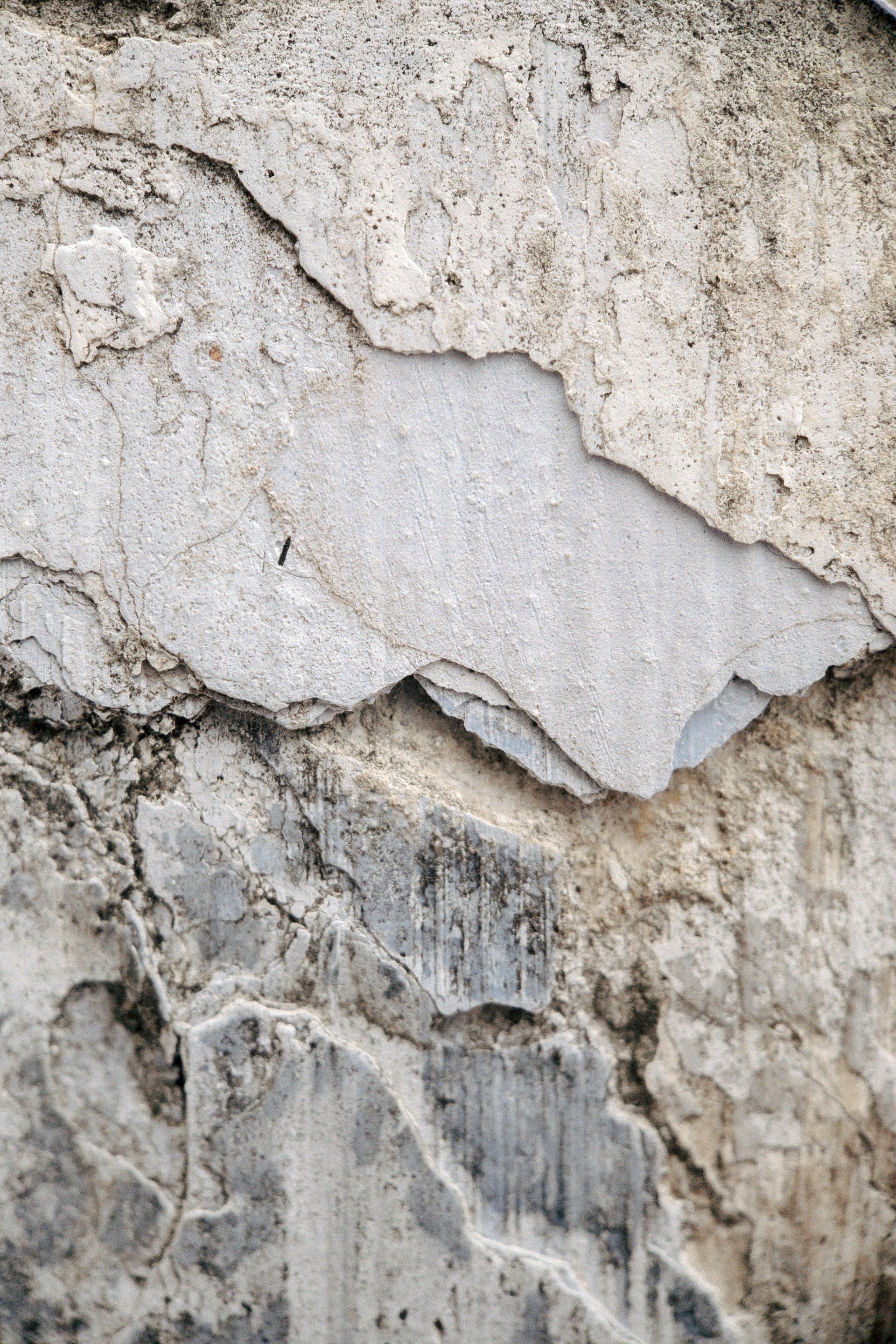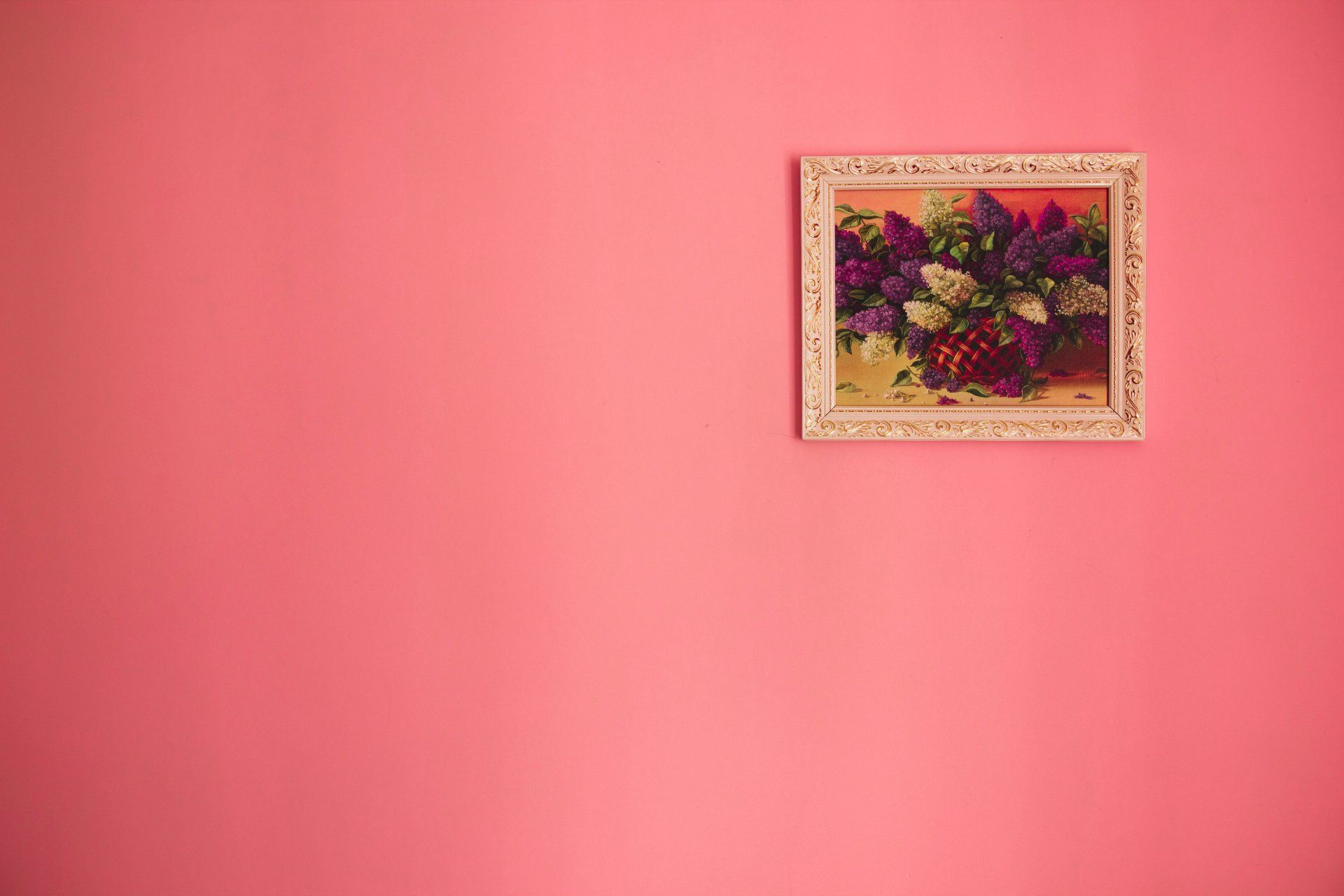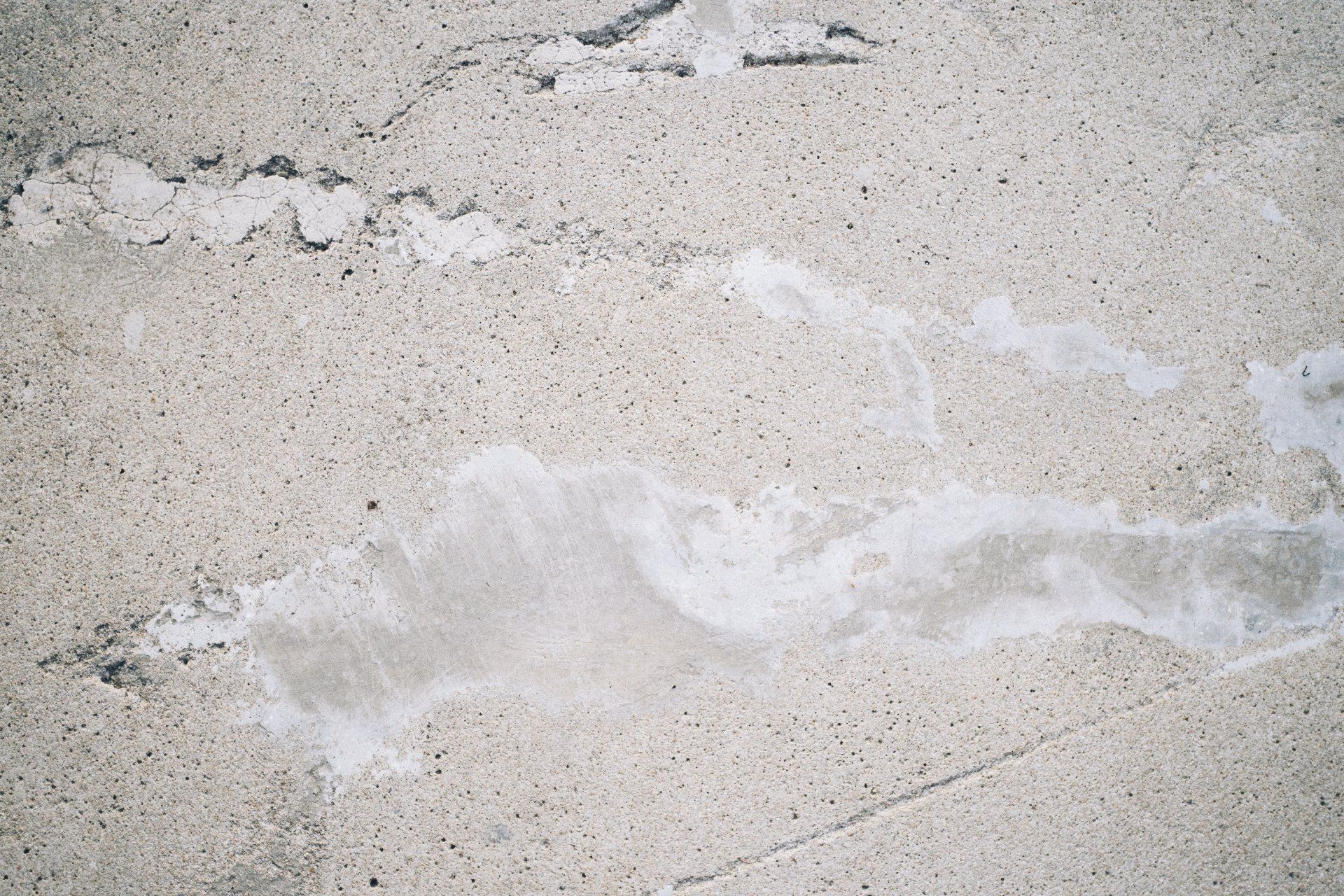Remodeling 101: Modern Plaster Walls, Ways
Remodeling 101: Modern Plaster Walls, Ways
Are you looking at your walls for a while? We're sure that we have. This is because plaster, in its various transfixing forms, is making a return. Plaster-finished interiors possess a radiance and depth that changes with lighting, quietly changing the appearance and feel of the house. And there's no paint required: Left in its raw state, plaster is an environmentally sound natural material--breathable and free of chemicals and VOCs.
Yes, plaster walls cost more than painted drywall. This is because they're more labor-intensive to set up (most require at minimum 3 coats). They're also generally more durable and attractive. For interior projects, here are some major categories to think about, with some of the top projects of recent times.
Before taking the plunge at home, take a look at the requirements for substrates; all plasters must be bonded to the surface. This differs by brand and type, as do the waterproofness and durability of the particular type of plaster. The ability to trowel is required, as well as patience: You need to be patient and wait until each coat is dry.
Clay Plaster
It is made of sand, clay, and pigments; the clay plaster is considered to be healthy, and it's frequently used by people who suffer from chemical sensitivities. It is available in powdered form with a variety of earthy tones and extremely matte and often rough finishes. While it's not suitable for use in areas that are wet such as bathrooms or kitchens, it has water-absorbing (and desorbing) properties which makes it a humidity regulator in other areas of the home. For application, mix it with water at the site (achieving the desired consistency takes some trial and error) and then apply on a primed, sanded surface in layers of four or five.
Slaked Lime Plaster
That's what the plaster walls in your grandparents' home were made of. Beginning with wood lath, the coarse "scratch coat" (plaster mixed with shrinkage-resisting aggregates like horse hair) was then applied. This was then followed by a "brown coat" (plaster mixed with sand), and then a very fine coat of skim. Made up of limestone which has been exposed to extreme temperatures in order to get rid of any impurities, the hydrated or slaked lime plaster comes in an aged form which means that unlike other alternatives, it isn't necessary to mix it yourself and you're not confined by time for applying it.
Pure white in its most basic form, it is now available in a variety of shades. If left unpainted, similar to the clay, it soaks in moisture and then releases it. Unlike clay, it can be used in the kitchen as well as in baths (but should not be exposed directly to the water). If you wish, an additional layer of bee's wax or Marseilles soap may be added.
Ready to work with Saskatoon Stucco Artisan Experts?
Let's connect! We’re here to help.
Send us a message and we’ll be in touch.
Or give us a call today at 306-900-4479
More Tips, Tricks & Tools
